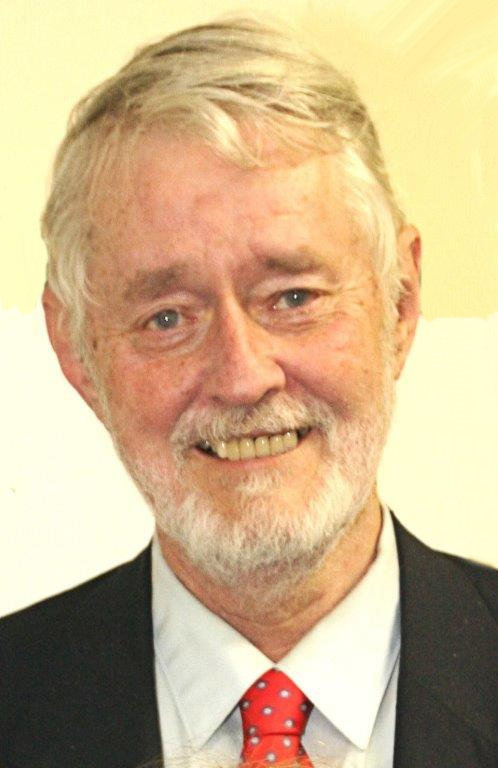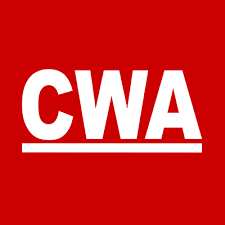New York, NY – The Organization of Staff Analysts (OSA) is a union of professionals in public service. They represent employees of the City of New York in the Analyst title series, who serve in more than 50 City agencies. They also represent other municipal employees in a range of professional titles.
The union was founded in 1969 as a professional organization, and became the official collective bargaining agent for Analysts in the Board of Education in 1985. OSA has won collective bargaining rights for previously unorganized New York City employees in the remaining City agencies, the New York City Housing Authority (NYCHA) the Health and Hospitals Corporation (HHC) and the Transit Authority (TA). It is also a member of the Municipal Labor Committee. Their organizing continues and they have recently gained the right to represent a number of other titles. LaborPress spoke to OSA Chairperson Bob Croghan to learn more about their current news and their storied history.
LP: When did you first get involved with the OSA?
BC: I was invited to a meeting where OSA had come to, SSEU Local 371 was the union I worked for, in 1978, and at that time we discussed that possibly joining SSEU Local 371 and perhaps taking on the task of fighting for them. They ended up going to actually – they were affiliated with Teamsters Local 237, because SSEU’s representatives at that meeting really gave very bad answers to the questions being asked and the requests being made, but since I was not the spokesperson for OSA, for 371 on that issue – at the time they made those mistakes. Subsequently we decided we were going to help them anyway, whether they were affiliated with the Teamsters or not, and thereafter I was put in charge of the operation for 371, and I didn’t make the same mistakes they made.
The mistake they made was the group it, was 300, but it was real, it had been around since 1970, had been for eight years, very impressive. The answer we got from Jim McKuen, the Treasurer of 371 was, well, we’ll place you into agency chapters. And Jimmy was, a – non-political. B – not a salesperson, C, a technician, and D, ignorant of the demography of the analysts. Putting them into agency chapters meant that they would go into maybe up to 50 different agency chapters. There was only 300 of them, by God, It would be silly. There would be only 3 or 4 in a chapter, ridiculous. So it made sense – from Jimmy’s experience with the caseworkers and people of that sort, it made no sense at all.
I went to see Victor Gottbaum. He was talking about breaking them into different locals. I went to see Barry Feinstein of the Teamsters, and he said, I’ll give you your own chapter, keep them together. Of course this was the right answer. You know what helps when you’re negotiating with people, find out where they’re coming from rather than just where you’re coming from. Like I say, it got screwed up at 371, it got screwed up at DC 37. A year later the Executive Board appointed me to be in charge of a team of people who were going to go over there and try to win the hearts and minds of the analysts, and that was what my assignment was forever.
Q: So the OSA has a long history, complicated in some senses. What do you think are some of
the crucial moments that have made it what it is today?
A: The first one that I talked about, when they chose to go with the Teamsters, rather than going with 371 to begin with, although later on, 371 put forth a more impressive campaign on their behalf. They eventually discarded, or were discarded both by the Teamsters and 371. Crucial moments.
The first most crucial moment was back in ’78 when they didn’t get any help from the other unions.
The second most crucial moment was in 1985, when having been discarded by all the unions, they nonetheless won an election at the Board of Education by a vote of 20 for OSA to zero for their competition, and that was very impressive. The next crucial moment was when the City of New York agreed, after pressure from the public employee relations board up in Albany, to negotiate a deal with OSA, and 650 people unionized, and they voted for OSA. The next crucial moment was when Dinkins got into office, and Eric Schmerz came along in 1991, and 1992, and said, well, that was illegal, and how do you handle it, and I said, we have all these people in and they’re all eligible. And he looked at them and found that they were all eligible, and we went in a short time from 450 to 1450. That was in 1992. That was very crucial. In ‘92 we also decided, we could stop there, because we had been fighting since 1970, and we finally had won after 22 years, we got to a good point where we should stop, but we thought, we could pick up the Systems Analysts in the Health and Hospitals Corporation, they might need our help also, so in ‘92 we decided we’d keep on organizing.
Q: Can you say a little something about your re-election? What motivates you to continue to lead, as well?
A: Well, in ’92 I recognized that the existing membership was full of a lot of people who were very grateful that we had succeeded. On that basis I could probably go on for another five or six years, and I’d be old enough to retire, because I was 50 years old in 1992. And I thought about itfor about 45 seconds. And I concluded, no, I can’t do that. I would be nice to be able to relax for six years and then retire, but the truth is that I believe in what I’m doing. I believe in organizing people, I believe that unions do great things. And I’m not bad at it. So if this is what I’m good at, and I have the support of other people, perhaps I should just keep at it. So I decided to organize the Systems Analysts and add on more titles. I kept organizing. The second point at which I discovered I had to go on much longer, we had a person who I believed was very appropriate to be my successor, but then he passed away, young, about seven years ago. So that meant that, where I was planning on slowing down and having him pick up the reins, I had to go looking for somebody else instead. I’ve been around since – I was elected in 1984, so I’ve been around now for 38 years, going on 40, I just won another term, so it will be about 40 years. Elections are held every two years, but most of the time, there’s no contest, other officers who want to run for my office, so I only had two fully contested elections when every single office was contested, and this was this one, and the one back in 1984. The difference between the two however was very interesting. In 1984, both sides pretty much were very pro OSA, and very experienced in being involved in fighting to get the analysts unionized. One faction had been with the Teamsters and the other had been with the SSEU faction. But they were both in favor of seeing the Analysts get unionized. The vote, there was probably only about 450 actual dues payers in OSA at that time, and the vote came in that 240 plus for me, and 160 plus for her, so it came in to about 405 or 410 votes out of 450, – so 90% of the membership voted in that mail ballot election. This time around, there were less than 1200 votes cast of 4800, so only 25% voted, so that’s the difference between a very on a mission population, who are themselves willing to continue fighting for something, with no successes for many years, and a group that, well, it’s a union, and they go into the union, and they don’t think much about it. So it was a very big difference in terms of involvement.




